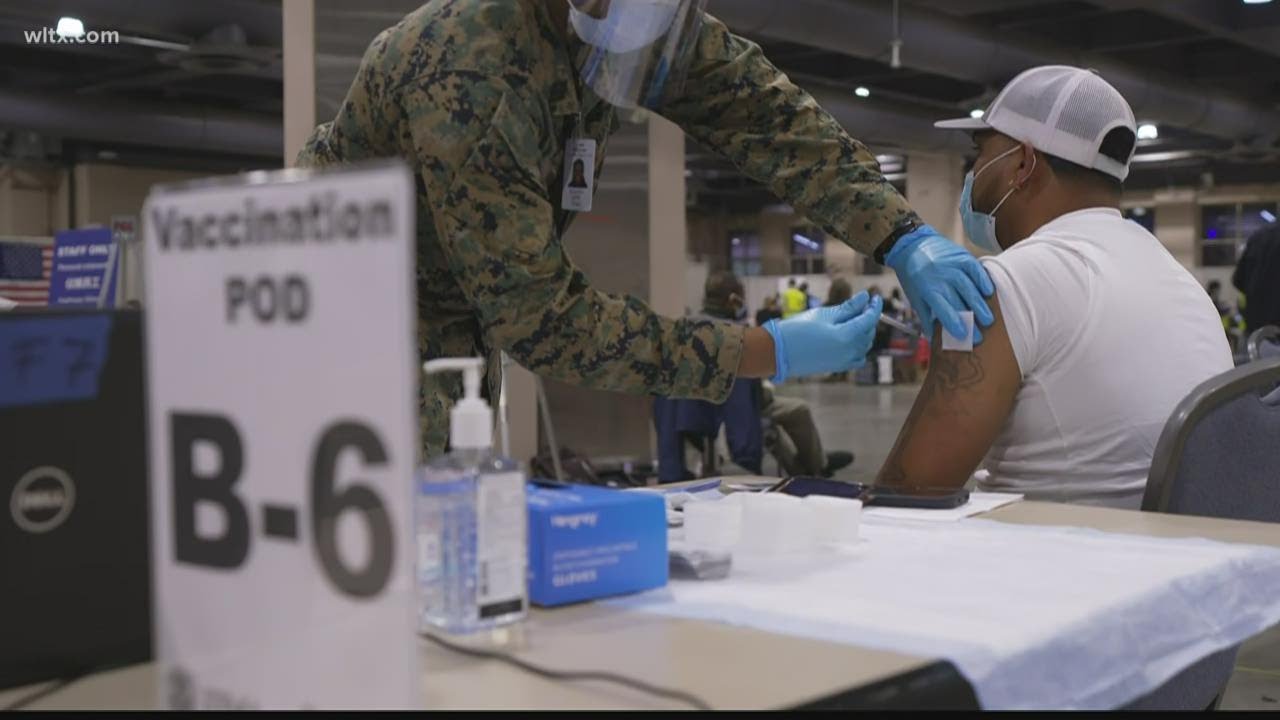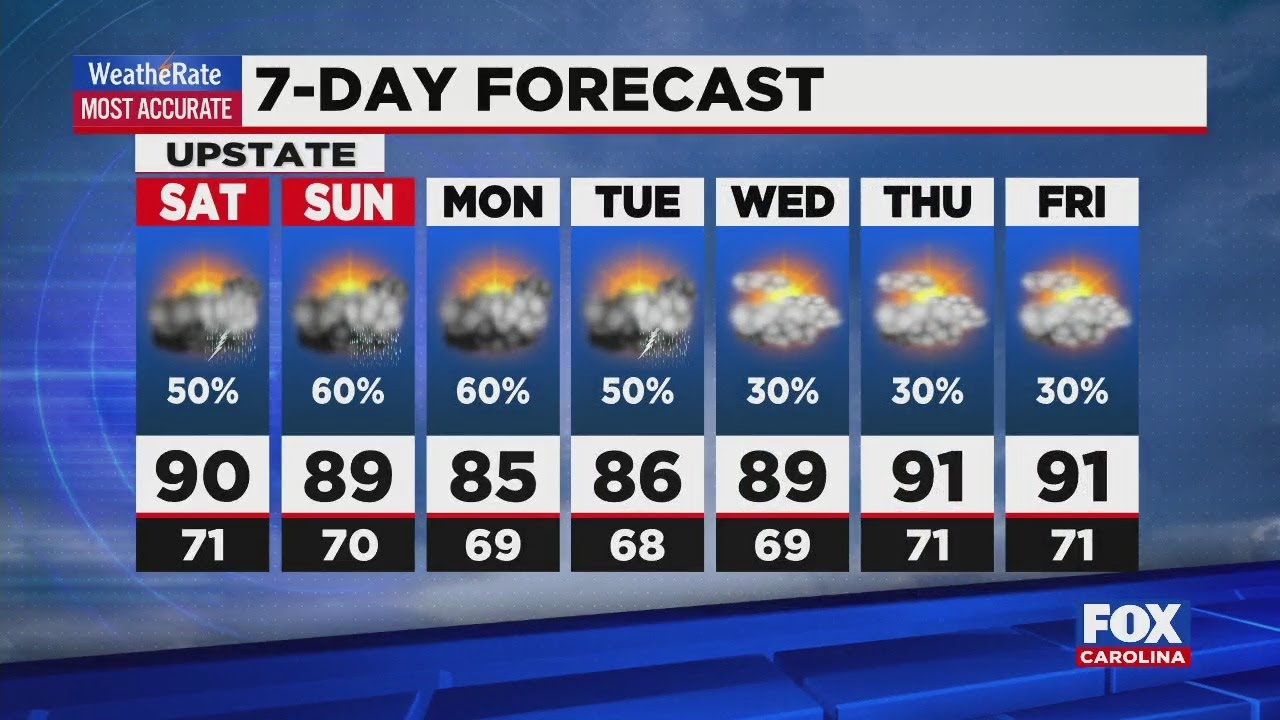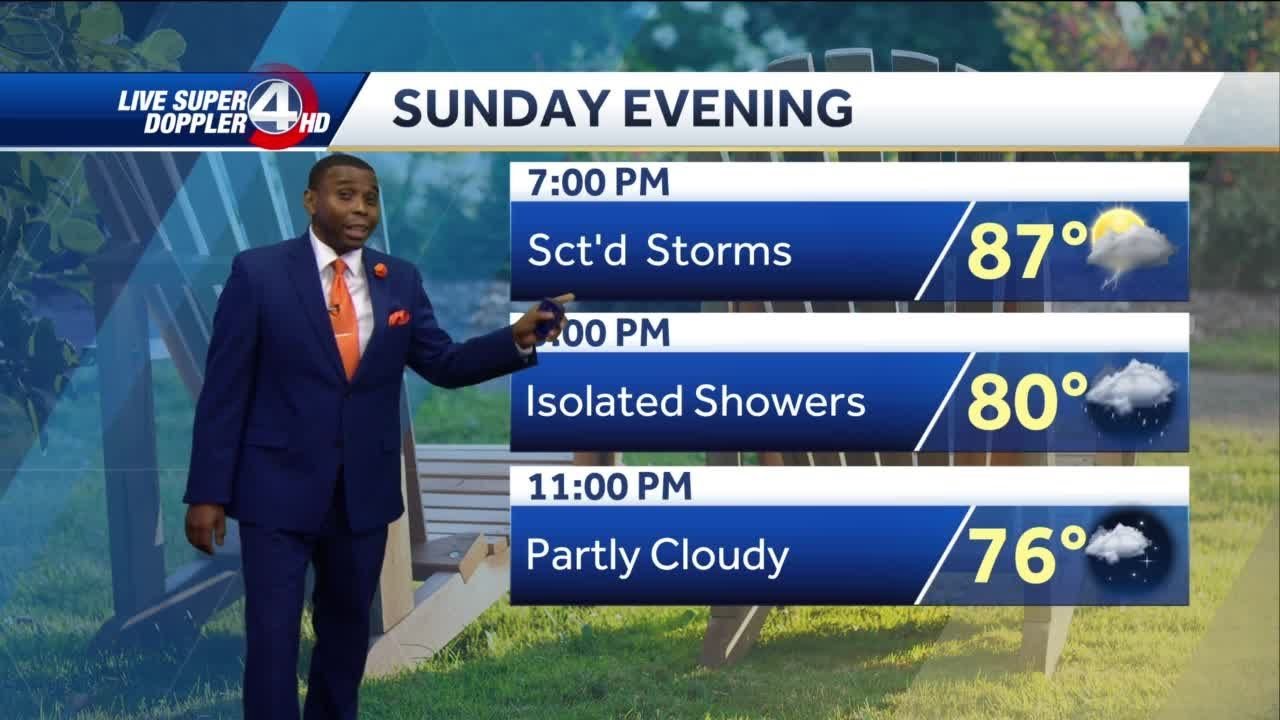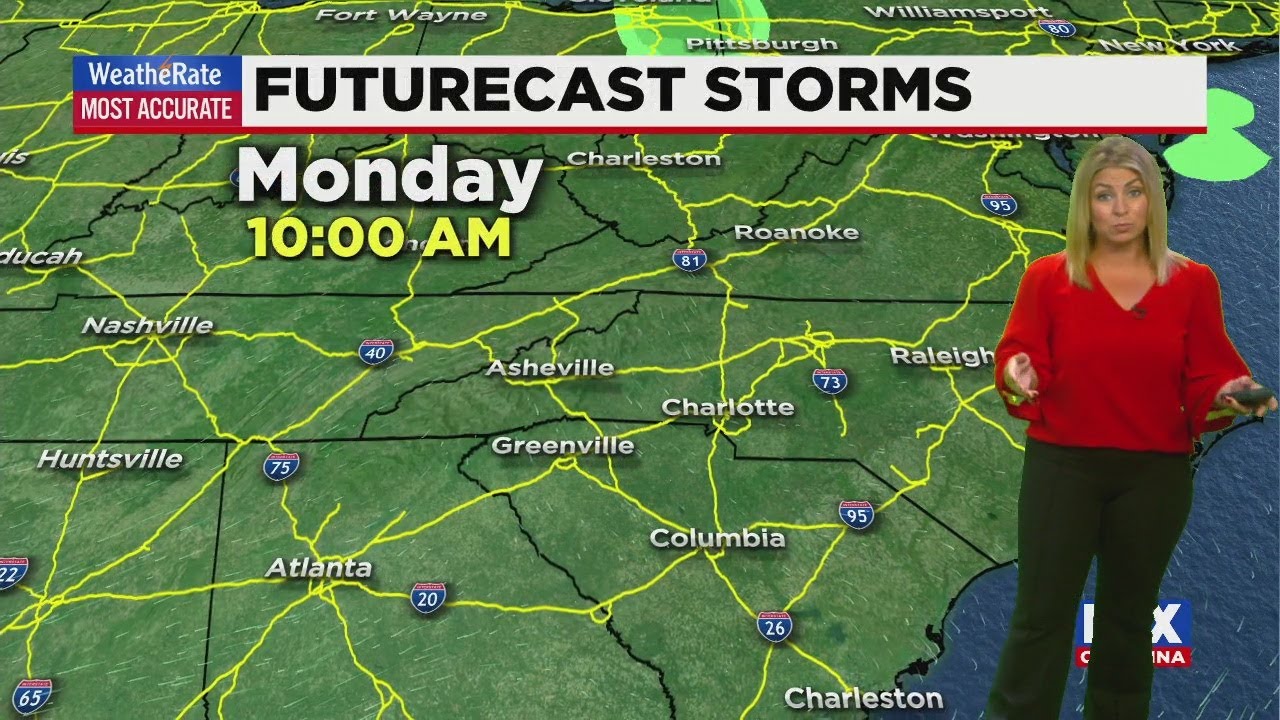As Individual Defensive Player leagues continue to grow in popularity, SI Fantasy analyst Matt De Lima details the odds and ends of Dynasty IDP Leagues, which feature all the fun of Dynasty Leagues, but even more positions to choose from!
It’s all nuance when you get this far into a niche form of fantasy football. Not only is dynasty just a fraction of all the leagues out there, the pie slices even smaller when you account for the Dynasty IDP format.
There aren’t many articles out there on the format and most sites don’t have rankings for it. Plus, given the variance between leagues, settings, and scoring, there is no set template or starting point. To understand your league, you’ll often just have to play through it to better understand it. After all, it may be so unique that there’s little to gain from a set of rankings.
League Size, Roster Settings
In a 12-team Dynasty IDP league, I tend to believe that a balanced roster and scoring system is the best approach. For example, if you implemented a league with defensive tackles, even with a generous scoring system, outside of the top one or two guys, no DT is likely to score more than 100 points. A top-tier cornerback might be unable to outscore the top 20 safeties. So you have to do your due diligence to make positions more relevant.
One way to do that is to boost position-specific scoring. You can do this by either adding a premium to tackling stats (ie 1.5 pts per tackle for linebacker & 2 pts per tackle for defensive tackle). Also, you can increase the point totals for interceptions and passes defended to increase stats for defensive backs.
If you’re running your dynasty with PPR scoring, you will have most RBs and WRs scoring 275 points or more. Really elite players like Christian McCaffrey or Michael Thomas will score upward of 375 points or more. What good is an IDP league if the highest-scoring IDP is a LB with 250 points or the highest-scoring DE scores 200 points. You would compound the problem of lacking IDP importance with only having a small handful of IDP starters.
Another way to give IDPs more weight in your scoring system is by fully expanding the stat categories by including QB hits, tackles for loss and assigning them small point values.
In terms of starting spots, I like a minimum of eight starting IDP. On offense, you typically have 1 QB, 2 RB, 3 WR, 1 TE and 1 flex. So I want to match offensive starters with IDP starters. If I were starting a league today, I’d have one extra flex, so nine offensive starters. On the IDP side, 1 DT, 2 DE, 3 LB, 1 CB, 2 S and 1 IDP flex (10 total).
People will have a natural bias towards offensive player selections, so one extra IDP starter just makes teams focus that much more on that side of the ball (and yes, there are no kickers or team defenses in this league.)
Finally, depth is the key. I feel a minimum of 40 roster spots is necessary for a league of this size (16-20 starters). To make things harder and more challenging, I’d recommend going all the way out to 50 and I’ve even run a few leagues that had 53 roster spots, like the NFL. When you consider injuries and young players still in development, those roster spots fill up quick.
Final Thoughts
The appeal here to a big Dynasty IDP league is having to know the whole game. Every year there’s a new crop and you’re having to adjust on the fly based on your team’s performance from the previous year. Not only do you know the players, you have to know the coaching staffs so you can predict who’s a good fit.
Adding layers of complexity to fantasy football keep it fresh and challenging. Dynasties also foster better, long-lasting rivalries as you go up against the same guys year to year. It’s a lot of fun going back in time to revisit trades to see who has bragging rights for landing a sweet deal. Redraft will always have its place, but Dynasty IDP is the apex between fun and challenging.











